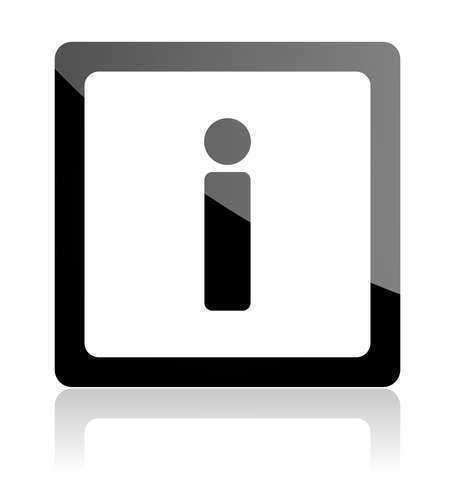
Ethnic Cleansing and the Nazi Holocaust: A Dark Chapter in Human History
Introduction:
Ethnic cleansing and the Nazi Holocaust remain among the most horrifying and savage episodes in human history. The depths of cruelty and inhumanity witnessed during this dark period are a stark reminder of the consequences of unchecked hatred, bigotry, and discrimination. Understanding the historical context, causes, and consequences of these events is crucial in order for us to learn from the mistakes of the past and strive for a more inclusive and tolerant future.
I. The Rise of Nazism and Anti-Semitism:
The roots of the Nazi Holocaust can be traced back to the rise of Adolf Hitler and the National Socialist German Workers’ Party (NSDAP) in Germany during the 1930s. Hitler’s anti-Semitic rhetoric found widespread support within a disillusioned population grappling with economic hardships after World War I. Jewish individuals became scapegoats for Germany’s economic woes, fueling a toxic environment of hatred and xenophobia.
II. The Nazi Regime’s Policies:
Upon taking power, Hitler and the Nazi regime systematically implemented policies aimed at suppressing, marginalizing, and ultimately exterminating targeted ethnic and religious groups. The primary victims were Jewish people, but other groups such as Romani people, people with disabilities, homosexuals, and political dissidents also faced persecution.
III. The Plan for the Final Solution:
Under the guise of “”cleansing”” society, the Nazis outlined their “”Final Solution”” — a plan to exterminate millions of Jews in extermination camps, concentration camps, and through mass shootings. The scale and efficiency with which they carried out these horrific acts are chilling testimony to the depths of human depravity.
IV. Mechanisms of Control and Persecution:
The Nazis employed a range of mechanisms to exert control over the targeted groups. These included the Nuremberg Laws, which deprived Jews of their civil rights and citizenship; the establishment of ghettos, where Jews were segregated and subjected to terrible living conditions; and the implementation of death camps, such as Auschwitz, where mass killings were carried out with industrial precision.
V. The Holocaust’s Global Impact:
The Holocaust had far-reaching consequences not just within Nazi-occupied territories but also worldwide. The war crimes perpetrated by the Nazis shook the conscience of humanity and prompted the establishment of international laws and institutions to prevent future atrocities. The Holocaust also led to the recognition of the need for Holocaust education and remembrance to ensure that such horrors are never forgotten.
VI. Lessons Learned and the Pursuit of Justice:
The brutal reality of the Nazi Holocaust serves as a constant reminder of the dangers posed by hate-driven ideologies. It reinforces the importance of promoting tolerance, inclusivity, and respect for all individuals and communities. Efforts to seek justice for the victims and survivors of the Holocaust continue to this day, as they serve as a vital part of the healing process for affected communities.
Conclusion:
The atrocities committed during the era of Nazi rule and ethnic cleansing were a dark chapter in human history. The systematic persecution, mass killings, and destruction carried out by the Nazi regime serve as a stark reminder of the consequences of unchecked hatred and discrimination. Remembering and understanding the Holocaust is crucial in our collective pursuit of building a society that values diversity, respects human rights, and denounces all forms of prejudice. Only by educating ourselves and future generations about the atrocities of this era can we ensure that such horrors are never repeated.
As the Allied troops began to advance, Soviet troops were able to liberate the Majdanek camp of Eastern Poland on July 24, 1944 where over 360,000 Jews had already been executed. Himmler then ordered for the complete ruination of the gas chambers in fear of the encroaching Soviet Army.
As Hitler’s Reich started to fall apart, the SS rounded up the surviving inmates of the outlying concentration camps in order to conduct death marches. The total numbers of the Nazi holocaust included about 66,000 from the Auschwitz camp. Many holocaust victims dropped dead during the march, collapsing from exhaustion, or were shot by the SS if they failed to keep up with the rest of the marchers.
By January 27, 1945, the Soviet Army had finally made it to Auschwitz but by then there was an estimated 1.5 million Jews dead along with 500,000 Polish prisoners, Gypsies, and Soviet POWs perished. The Western Allies forced their way into Germany in the spring of that year to liberate the holocaust victims in the camps Buchenwald, Dachau and Bergen-Belsen. The full extent of the terrible 12-year Nazi holocaust became realized as American and British soldiers found heaps of emaciated corpses and by listening to the horrifying accounts told by the surviving holocaust victims.
April 30, 1945 marked the final end to the holocaust as Berlin became surrounded by the Soviet Army. On the same day, Hitler had committed suicide, and the Reich collapsed soon after. The numbers after it was all over showed that most of Europe’s Jews had been killed, with four million lives being lost in gas chambers and another two million either shot dead or having suffered the imminent causes of starvation, exertion, disease, or trauma within the ghettos. The remaining surviving holocaust victims were left with the horrific and traumatic memories of the hardships endured and the remainders of a shattered race.




















